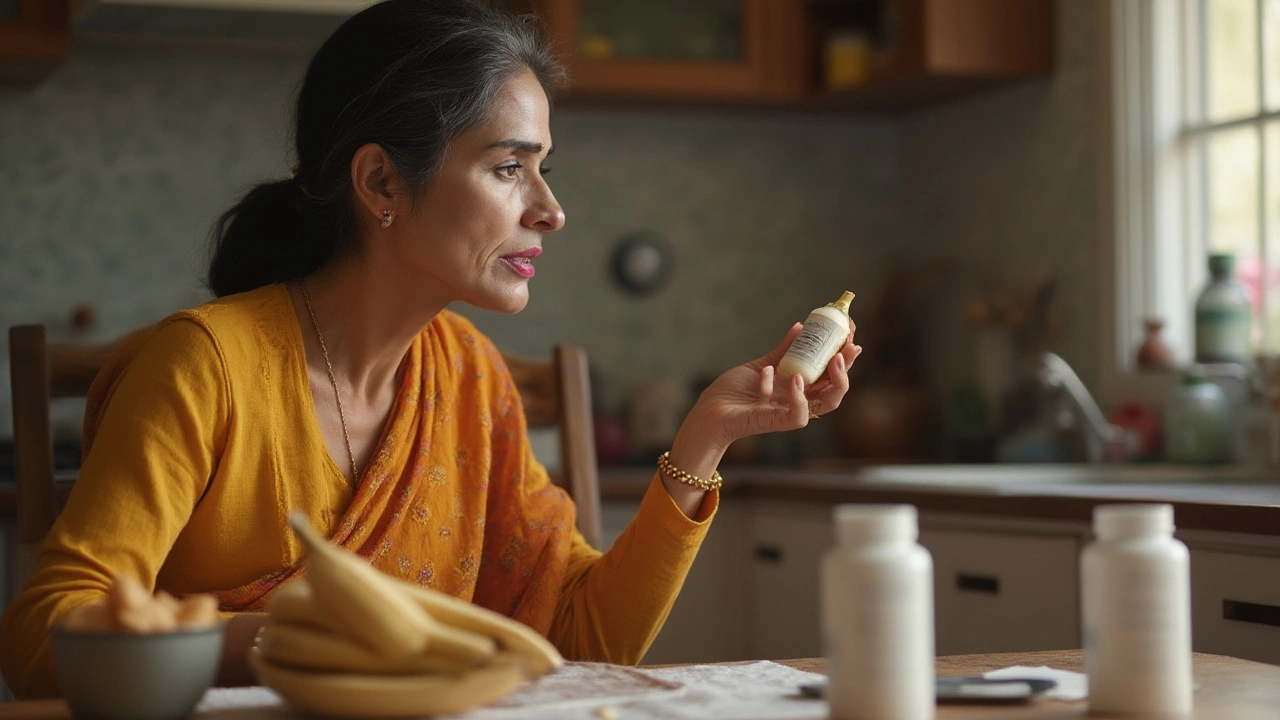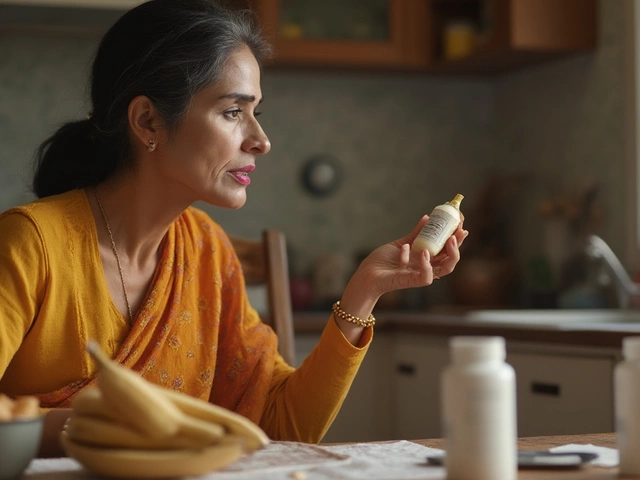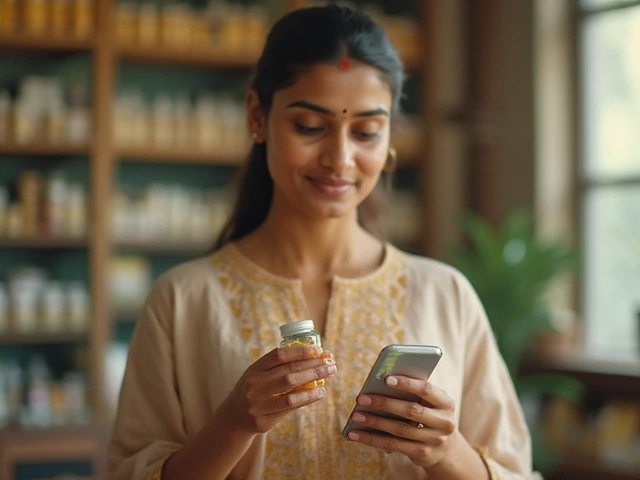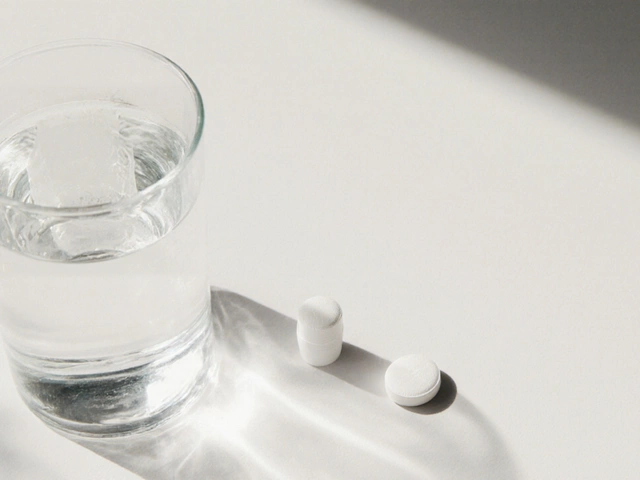Bananas and Diabetes: Simple Facts and Practical Tips
If you live with diabetes, you’ve probably wondered whether a banana is a friend or foe. The truth is, bananas can fit into a diabetic meal plan—but only if you know the right amount, the right time, and the right pairings. Below we break down the numbers, bust a few myths, and give you easy ways to enjoy this yellow fruit without spiking your glucose.
How Bananas Influence Blood Sugar
Bananas are rich in carbs, mainly natural sugars like glucose and fructose. A medium‑size banana (about 118 g) delivers roughly 27 g of carbohydrates and 14 g of sugar. That sounds high, but the fruit also packs potassium, fiber, and vitamin B6, which help your body process the sugar more slowly.
The key metric here is the glycemic index (GI). A ripe banana ranks around 51–55 on the GI scale, which is considered low to medium. Low‑GI foods raise blood sugar more gradually than high‑GI foods like white bread. However, the glycemic load (GL) matters too—because a banana’s total carb load can add up, especially if you eat a large one.
When you’re on insulin or other glucose‑lowering meds, a whole banana might raise your blood sugar by 10–15 mg/dL (0.6–0.8 mmol/L). That’s doable for most people, as long as you count it in your carb budget. The bottom line: bananas aren’t off‑limits, but they aren’t a “free” snack either.
Tips to Include Bananas in a Diabetic Diet
1. Keep the portion small. Stick to half a banana (about 60 g) for a snack. That gives you roughly 13 g of carbs, which is easy to fit into a 45‑gram carb target for a meal.
2. Pair with protein or healthy fat. Peanut butter, Greek yogurt, or a handful of nuts slow digestion and blunt the glucose rise. Try a banana slice on a spoonful of almond butter for a balanced bite.
3. Choose the right ripeness. Less ripe (green‑ish) bananas have more resistant starch, which the body breaks down more slowly. If you’re watching spikes, grab a banana that's still a little firm.
4. Time it around exercise. Consuming a banana 30 minutes before a walk or workout can give you a quick energy boost without lingering high sugar. After exercise, the same carb can help replenish glycogen stores.
5. Count it in your total carbs. Use a food diary or a diabetes app to log the banana’s carbs along with the rest of your meal. Seeing the numbers helps you stay on track.
Some people worry that bananas will “feed” diabetes. That myth comes from confusing “sugar” with “disease.” Diabetes is about how your body handles sugar, not about sugar itself. A banana provides natural sugar, fiber, and nutrients that whole foods offer—far better than a candy bar with the same carb count.
If you’re new to tracking carbs, start with a half banana and monitor your blood sugar for two hours. If the rise stays within your target range, you’ve found a safe portion. If it spikes, try a smaller piece or pair it with more protein.
Remember, every person’s response is a bit different, so testing is the fastest way to learn what works for you. The goal isn’t to ban bananas; it’s to use them wisely, just like any other carbohydrate source.
In short, bananas can be a tasty, nutritious part of a diabetic meal plan when you watch the serving size, pair them smartly, and log the carbs. Keep these tips in mind, and enjoy the fruit without the worry.

Can You Eat Bananas While Taking Metformin? Safe Fruit Choices for Diabetics Explained
Worried about eating bananas while on metformin? Learn what the science says about this fruit, whether it affects your blood sugar, and get practical tips for diabetics.

How to Lose 20 Pounds Quickly After 50
Apr, 3 2025

Do You Really Carry Your Own Baby with IVF?
Mar, 27 2025


